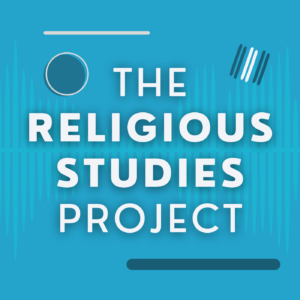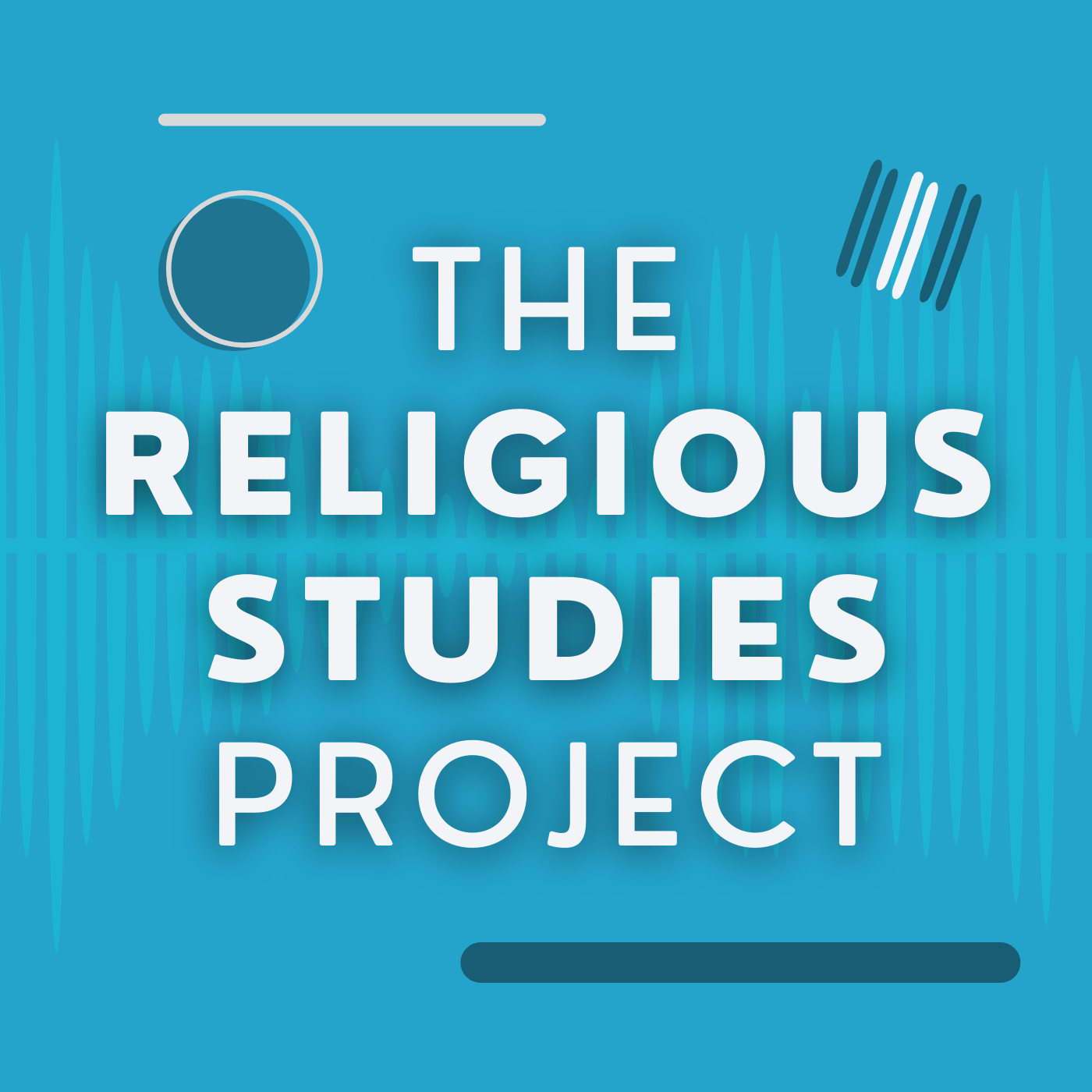Since the 1980s, the category of “Indigenous Religion” – or “Religions” – has become a staple feature of the terminology of the study of religion. But what do we mean when we use it? Is it necessarily tied to a particular geographical area? Or something which originates with a particular ethnic group, or something that belongs to all ethnic groups across space and time? To complicate this further, the term has “gone native”, and is increasingly being mobilised in political and legal debates.
In this interview, Bjørn Ola Tafjord of the University of Tromsø tells David Robertson about the various uses of “Indigenous Religion”, and the theoretical issues which arise from them. Through his work with the Bribris in Talamanca, Tafjord demonstrates how claims to indigeneity are in no way as static, exclusive or obvious as they can at times be presented. Finally, he suggests a way forward, by using the term self-consciously as a relational term.
Further reading:
The report that David mentions in the interview is here, courtesy of occupy.com
- Tafjord, Bjørn Ola. “Indigenous religion(s) as an analytical category”. Method & Theory in the Study of Religion 2013; 25 (3).
- James L. Cox, Critical Reflections on Indigenous Religions (Ashgate, 2013)
- James L. Cox, From Primitive to Indigenous: The Academic Study of Indigenous Religions. Ashgate, 2007)









